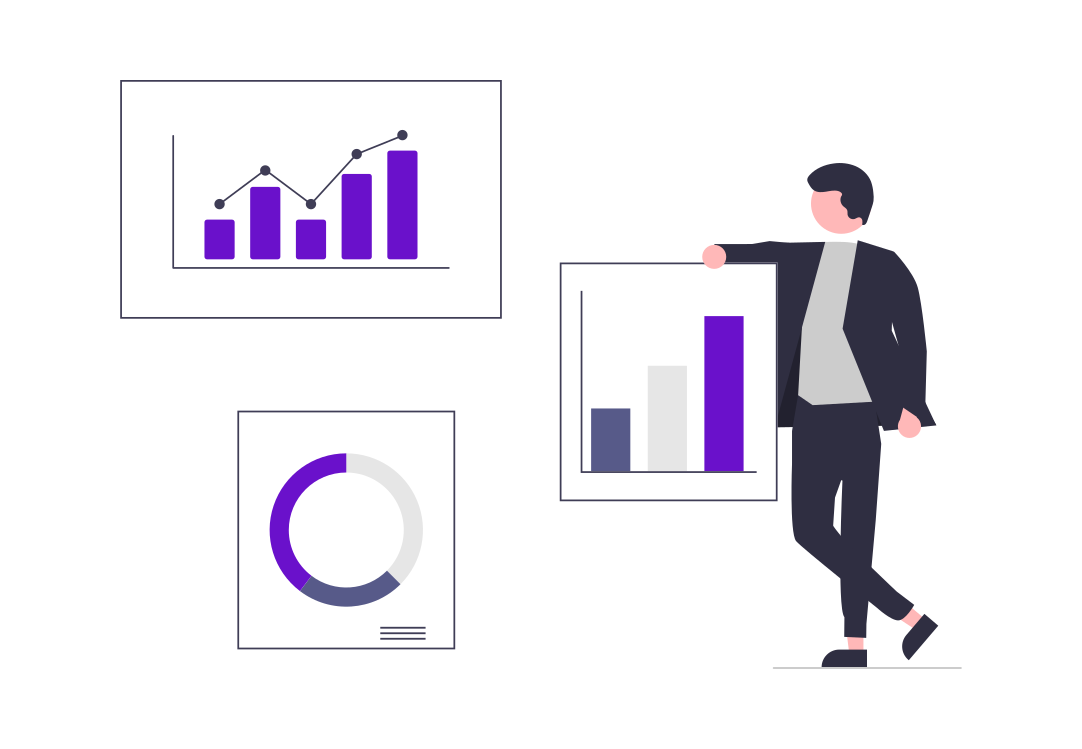In today’s competitive market, personalization is key to standing out and driving significant returns on investment (ROI). Industrial marketing campaigns tailored to specific segments not only enhance engagement but also boost conversion rates. Here’s a comprehensive guide on how to achieve maximum ROI with personalized industrial marketing campaigns.
The Importance of Personalization in Industrial Marketing
Personalization transforms generic marketing efforts into targeted, meaningful interactions that resonate with specific audiences. In the industrial sector, where decision-making processes can be complex and lengthy, personalized campaigns can significantly influence buying decisions.
Key Elements of a Personalized Industrial Marketing Campaign
1. Data Collection and Analysis
The foundation of any personalized campaign is robust data collection and analysis. Gather data on your target audience, including demographics, behavior, preferences, and pain points. Use this data to identify patterns and segment your audience effectively.
2. Segmentation
Segment your audience based on relevant criteria such as industry type, company size, geographic location, and purchasing behavior. This allows you to create tailored marketing messages that address the unique needs and challenges of each segment.
3. Customized Content
Develop content that speaks directly to each segment. This includes blog posts, whitepapers, emails, and social media updates. Ensure that your content addresses the specific pain points and interests of your target segments, providing solutions and valuable insights.
4. Personalized Messaging
Craft personalized messages for each segment. Use the data you’ve collected to tailor your messaging to the specific needs and preferences of your audience. Personalization can include addressing recipients by name, referencing their company, or highlighting solutions relevant to their industry.
5. Multi-Channel Approach
Implement a multi-channel approach to reach your audience where they are most active. This can include email marketing, social media, webinars, and direct mail. Ensure that your messaging is consistent across all channels, but tailored to suit the platform and audience.
6. Automation and AI
Utilize marketing automation tools and AI to streamline your campaigns. Automation can help you manage complex campaigns across multiple channels, while AI can provide insights into customer behavior and preferences, enabling more precise targeting and personalization.
Steps to Implement Personalized Industrial Marketing Campaigns
-
Define Goals and Objectives:
- Clearly outline what you aim to achieve with your personalized campaigns. This could be increased lead generation, higher conversion rates, or improved customer retention.
-
Identify Target Segments:
- Use data analysis to identify and define your target segments. Understand their unique needs and challenges.
-
Create Personas:
- Develop detailed personas for each segment to guide your content and messaging strategies.
-
Develop a Content Plan:
- Outline a content plan that includes the type of content you will create for each segment, the channels you will use, and the timeline for your campaigns.
-
Implement Automation Tools:
- Choose marketing automation tools that fit your needs and integrate them into your campaign strategy. Set up workflows to automate repetitive tasks and ensure timely delivery of personalized content.
-
Launch and Monitor:
- Launch your campaigns and monitor their performance closely. Use key performance indicators (KPIs) such as engagement rates, click-through rates, and conversion rates to measure success.
-
Optimize and Iterate:
- Continuously analyze the results of your campaigns and make adjustments as needed. Use the insights gained to refine your segmentation and personalization strategies.
Measuring Success and ROI
To measure the success of your personalized marketing campaigns, track the following metrics:
- Engagement Rates: Monitor how your audience interacts with your content.
- Conversion Rates: Measure the percentage of leads that convert into customers.
- Customer Lifetime Value (CLV): Assess the total value a customer brings over the duration of their relationship with your business.
- Return on Investment (ROI): Calculate the financial return on your marketing investments.
Conclusion
Personalized industrial marketing campaigns are essential for maximizing ROI. By leveraging data, segmentation, and tailored content, businesses can create meaningful interactions with their target audience, leading to higher engagement and conversion rates. Implementing a multi-channel approach and utilizing automation and AI further enhance the effectiveness of these campaigns. Continuously monitor and optimize your strategies to achieve the best results.


